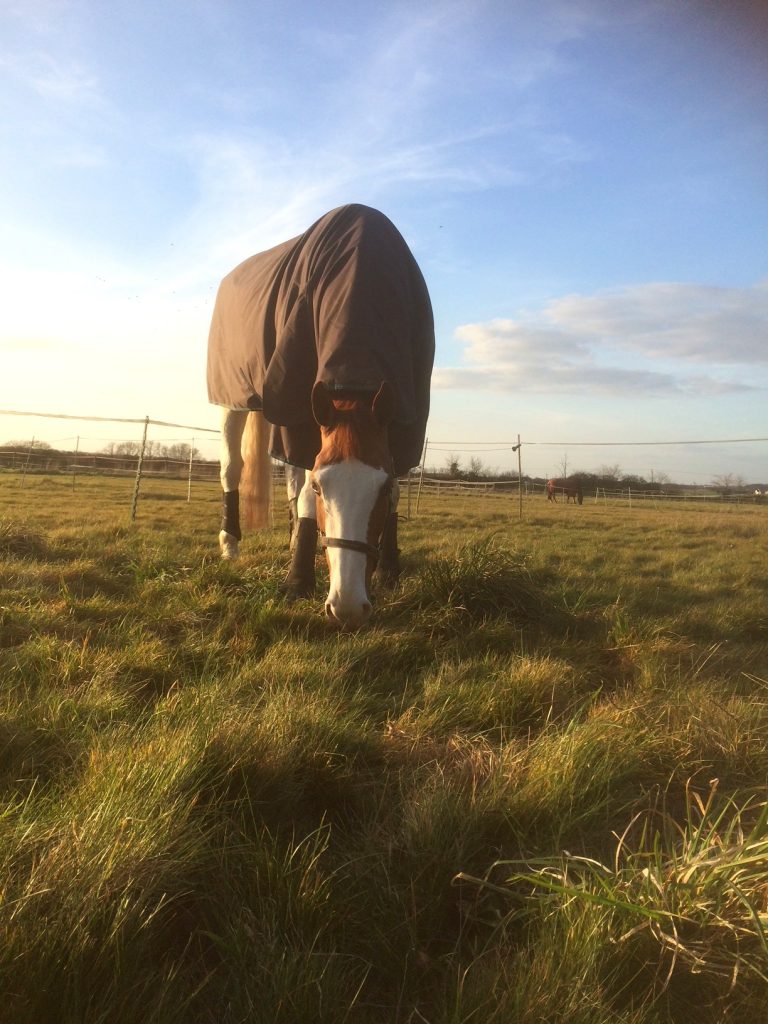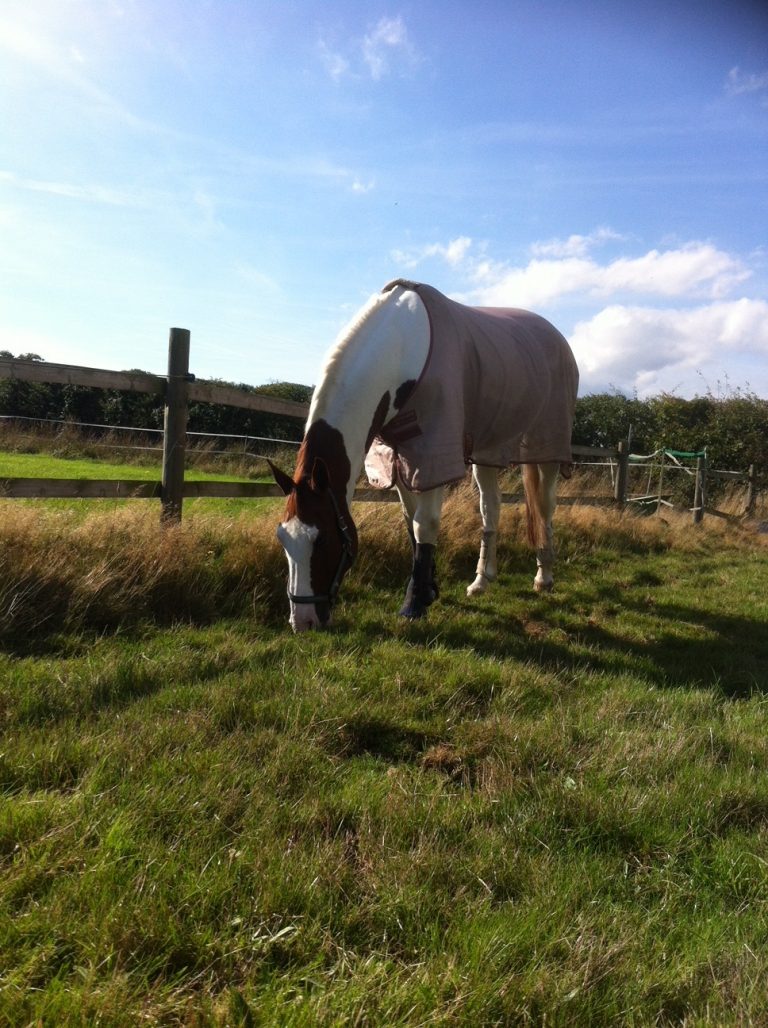Trees for Paddocks
Recent research has shown that Sycamore trees (Acer pseudoplatanus) are linked to Atypical Myopathy, a serious and often fatal illness affecting grazing horses. This discovery has led to the widespread removal of Sycamores and, tragically, many horse deaths across the UK. Understandably, owners are now cautious about which trees they plant in or around paddocks.
Choosing the right trees is important not only for horse safety but also for providing shade and shelter, enhancing paddock health, and maintaining the landscape.
Trees Poisonous to Horses
Choosing the wrong trees can put grazing horses at serious risk. The following species should be avoided in paddocks:
-
Sycamore (Acer pseudoplatanus) – Once valued for fast growth, resilience, and a broad canopy, it is now unsuitable due to the risk of Atypical Myopathy.
-
Ash (Fraxinus excelsior) – A hardy native species previously recommended for paddocks, Ash is now unavailable due to Ash dieback (Chalara fraxinea) and government restrictions on movement and sale.
Recommended Trees for Paddocks
We recommend several horse-friendly trees that are ideal for use in grazing areas:
Poplar (Populus species)
Populus tremula (Trembling Aspen) – A hardy, fast-growing species that tolerates wind and waterlogged conditions well. It forms a broad, spreading canopy ideal for shade. Although it produces fluffy white seeds in spring, these are harmless and not known to cause issues in paddocks.
Populus alba (White Poplar) – Similar in growth and resilience to Trembling Aspen but distinguished by its attractive silvery-white leaf undersides, giving it a shimmering appearance in the breeze.
Alder (Alnus species)
Alnus glutinosa (Common Alder) – A fast-growing, water-loving native tree that thrives in wet or exposed conditions. It has a more upright, pyramidal form than Poplar, so it provides slightly less shade, but it produces no problematic seeds or debris. Alder also performs well on moderately drained soils.
Willow (Salix species)
Salix alba (White Willow) – Ideal for damp or wet ground, this species forms a wide, spreading canopy that can be easily pruned and managed. The bark contains natural salicylates, which horses often nibble on without harm, provided they don’t strip the main stem. Protect the trunk if grazing animals are likely to cause damage.
Salix alba Tristis (Weeping Willow) – A graceful, fully weeping variety that reaches the ground. While visually striking, its dense canopy may offer less practical shade for horses, so placement should be considered carefully.
Slower-Growing Shade Trees
Fagus sylvatica (Common Beech) – A majestic, slow-growing native tree that can reach over 20 m in height and width. It develops a broad, spreading canopy ideal for shade. Beech prefers light, free-draining soils and is less suitable for heavy clay. It is also a common component in horse-friendly hedging.
Carpinus betulus (Hornbeam) – Similar in form to Beech but better adapted to heavier clay soils. Like Beech, Hornbeam can reach 20 m at maturity and offers a dense canopy. Choose Hornbeam for clay soils and Beech for lighter, well-drained ground.
Maples (Acer species)
Although Acer pseudoplatanus (Sycamore) is unsafe, recent research has shown that other members of the Acer genus are suitable for paddocks. Specifically, Field Maple (Acer campestre) and Norway Maple (Acer platanoides) do not contain the harmful compound hypoglycin A and are safe for grazing horses.
“Acer platanoides and campestre seem to be safe around paddocks and pastures, whereas almost all Acer pseudoplatanus samples contained hypoglycin A. In all AM cases, Acer pseudoplatanus was found.”
Source: Journal of Veterinary Internal Medicine
With this in mind, these two species and their cultivars can be confidently planted in paddocks, making them truly horse safe plants:
Acer campestre (Field Maple) – A medium-sized, native species commonly found in hedgerows. It tolerates most soil types but should not be planted in areas that remain waterlogged.
Acer platanoides (Norway Maple) – A tough, broad-crowned tree available in several cultivars offering different foliage colours. It performs well in a range of soils, provided drainage is good.
Frequently Asked Questions
Are Sycamore trees poisonous to horses?
Yes. The seeds, seedlings, and leaves of Acer pseudoplatanus (Sycamore) have been shown to contain the toxin hypoglycin A (HGA). They are strongly linked to the disease Atypical Myopathy in grazing horses. All affected cases to date have involved this species. It is advisable to remove them entirely from paddocks and grazing areas.
Are conifers or Christmas trees poisonous to horses?
Generally, no, most common conifers such as pine, spruce, and fir are not classed as highly toxic to horses. However:
- Some species (e.g., Ponderosa pine) have compounds that may cause risk in large amounts.
- The major exception is Yew (Taxus species) — even small amounts can be rapidly fatal to horses.
Therefore, while many conifers are safe, ensure the exact species is known, avoid treated trees, and do not assume safety without verifying.
Is Willow (Salix species) poisonous or safe for horses?
Willow trees are generally regarded as safe for horses. Horses often nibble willow bark and branches without harm, and many equestrian sources list them as horse‑friendly. That said, if a horse consumes large amounts of bark, leaves, or branches (especially under conditions of low forage), there may be a risk due to salicylate compounds. Monitoring and good pasture management are still advised.
Are Oak trees poisonous to horses?
They can be. Leaves, immature buds, and green acorns of Quercus species contain tannins and other toxic compounds, which, if consumed in large amounts over days, can lead to colic, diarrhea, kidney damage, and other serious illnesses. Under normal conditions with good forage, risk is low, but it’s prudent to keep horses away from heavy acorn drop or access to oak browse in autumn.
Are all Maple trees (Acer species) toxic to horses?
No, not all. While Acer pseudoplatanus is linked to hypoglycin A and Atypical Myopathy, research indicates that Acer campestre (Field Maple) and Acer platanoides (Norway Maple) may not contain significant HGA and therefore appear to be safe options for paddocks. As always, site‑specific conditions and overall forage management matter, so these should be considered “safe under current evidence”.
Contact Barcham for Help
This list is not exhaustive, but it highlights several safe and suitable tree species for paddocks and grazing areas. For further guidance or to discuss specific site conditions, please get in touch with our team to arrange a consultation.


